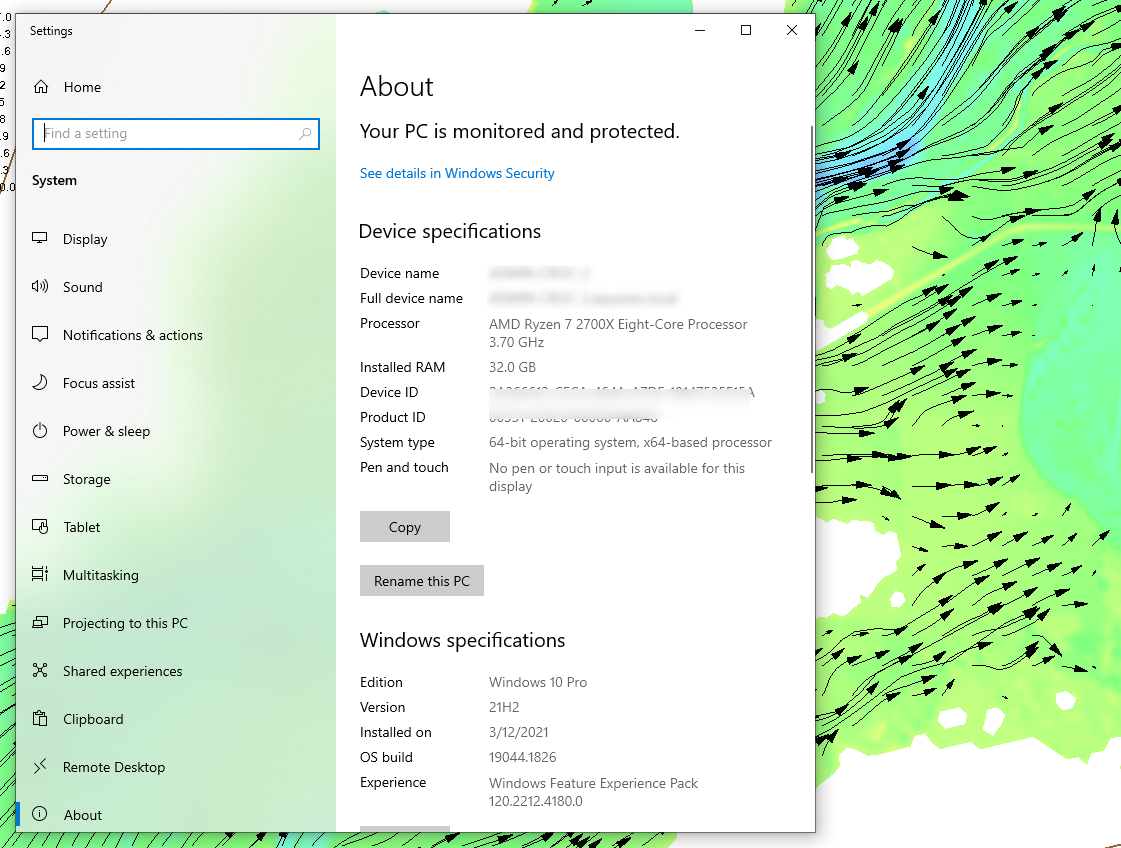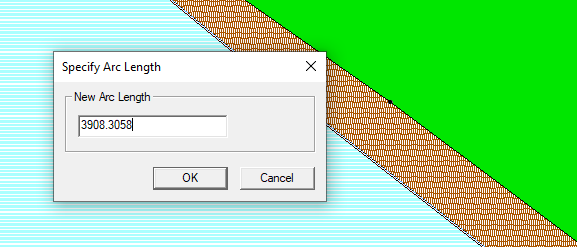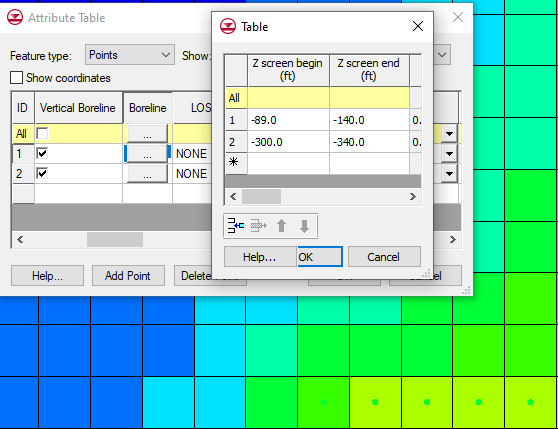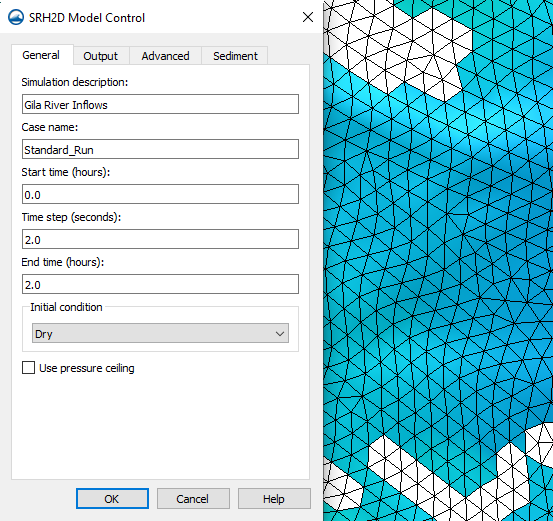Hardware Guidance for XMS
By aquaveo on July 27, 2022Are you wondering about what computer system to use with GMS, SMS, or WMS (collectively known as XMS) to get the best performance? The hardware you select will certainly make a difference in how XMS performs. This blog post intends to give some guidance for selecting hardware for use with XMS.
What hardware is required will depend very much on which models you choose to run and how large the projects are. Many lower power systems will technically run the software, but the interface may be slow and the simulation may take a very long time to run. In the end, the computer components you choose will depend on what you intend to do and the budget you have to work with. To help in the decision-making process, we have included some recommendations and explanations on how different components will affect the performance of the software. Look at your budget and see what is reasonable; it is recommended that you get the best you can afford.

For some basic system requirements, you can check out this page on our wiki. Note that these requirements will change over time as technology evolves. The system requirements will change as future advancements are implemented into XMS.
The CPU is the component that will make the most difference in how fast the software runs. When comparing CPUs, we recommend looking at single-core rather than multi-core performance. The reason for this is that many of the models in our software do not take full advantage of multiple CPU cores at the same time. That being said, we do recommend that the CPU have at least 4 cores to give everything the power that it needs. Remember that it should be the best that you can afford
For RAM, 16 GB is usually sufficient, but some very large projects have required more. You may also want to get more RAM if you plan to have more than one project open at the same time. Our office computers have 16-32 GB of RAM, depending on the machine.
For a graphics card, we recommend getting a current low to mid-range dedicated card designed for gaming. Large projects can require multiple gigabytes of VRAM, but our cards with 4GB have yet to run into issues needing more. The speed of the GPU will particularly affect how smoothly the pan, zoom, and rotate tools work.
For storage, we usually recommend having an SSD with plenty of space. Projects can end up taking quite a bit of disk space, especially if the Save As function is used frequently. Having faster storage will reduce project load times and how long it takes to save a project. Note that storing projects on external/network drives have been known to cause issues, so we recommend storing any project files you plan to open on a local drive. Again, it is recommended that you get the best you can afford.
Having the right hardware will increase the usefulness of XMS for your modeling projects. Check out the XMS software applications today!









